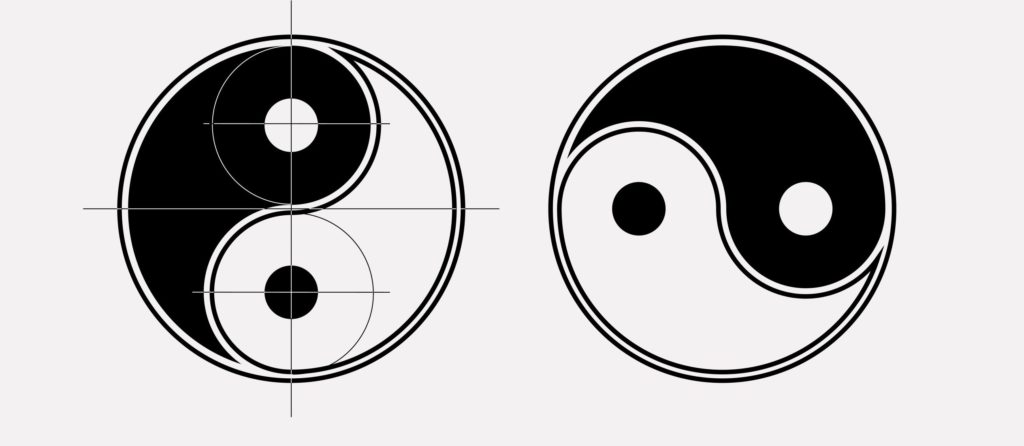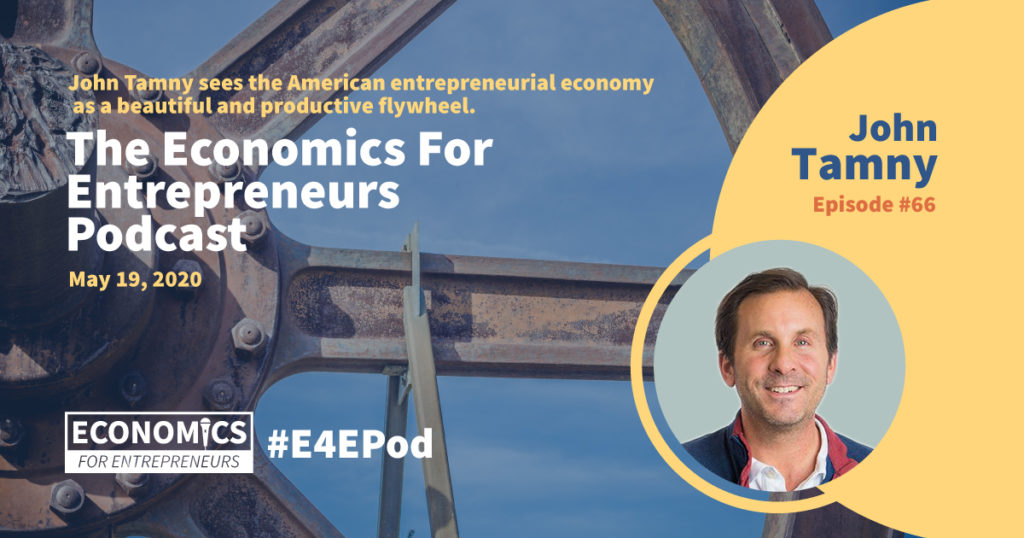Why you shouldn’t trust in “market value”.

Authors
Dr. David J. Rapp
Research Professor of Accounting, Taxation, and Entrepreneurship
Institut Supérieur de Gestion (ISG Business School), Paris, France
Dr. Michael Olbrich
Full Professor and Chairman
Institute of Auditing
Saarland University
Saarbrücken, Germany
Why you shouldn’t trust in “market value”
“The market values Apple at $3 trillion!” “Apple’s market value is $3 trillion!” You may have heard or read such headlines recently, and you may hear or read similar statements on how “the market” supposedly values listed corporations. However, what is the real meaning behind a headline stating that “the market” values those firms? Austrian economics can help understand that “the market” cannot and does not value anything and that “market value” is a preposterous term that makes little sense in real markets. “Market value” is primarily a label created in an ivory tower and springing from a highly assumption-fed, hypothetical model which has never been part of the real world, and it never will be. Quite the contrary in fact; the model’s assumptions exclude both the most crucial real-world challenges associated with investment appraisal and vital drivers of market transactions.
The Austrian school of economics teaches us that human actions reflect acting persons’ subjective valuations, that is, how they individually rank-order the alternative courses of action available to them according to their preferences. Groups, nations, and the like as such do not act. Only individuals do and, hence, only individuals value. In other words: The market, as the aggregated outcome of human actions, can neither value anything nor can it act. It simply reflects the outcome of the interplay of individuals’ valuations and actions. That outcome can be described in terms of the exchange relations market participants have brought about through their transactions, in other words, in terms of prices. What can be observed in markets, then, are market prices rather than market values. Understanding the difference between value and price might seem nothing but semantics, but it is indispensable to understanding how markets work and what to consider when making investment decisions.
How is it that so many professionals—including bankers, brokers, and consultants, along with both politicians and academics, such as economics and finance professors—mistakenly apply the term market value? Where does the term come from? While it sometimes relates to the market capitalization of listed firms, that is, the price of a single share multiplied by the number of outstanding shares, that fallacy is also fundamentally associated with neoclassical finance theory, which is the predominant theory applied in the field of investments and finance.
Neoclassical finance theory is based on the idea of a so-called perfect capital market. That market is characterized by a set of restrictive and unrealistic assumptions, including a single market interest rate for both lending and investing, the indefinite availability of credits, an equal distribution of information among all market participants, and the absence of both taxes and transaction costs. Investment appraisals based on neoclassical finance theory often refer to the Capital Asset Pricing Model (CAPM) when computing (parts of) the discount rate required in the popular discounted cash flow (DCF) methods. The CAPM itself comes with additional assumptions that could not be further from real market settings. Among them are both equal preferences and expectations among market participants. This approach homogenizes human actors despite them differing hugely in reality, particularly in terms of their available means, the ends they strive for, their imagination of and expectations for the future, etc. Ultimately, humans acting in unique ways are replaced by a homogenous army of robots. The outcome is that all of the subjective valuations of those purely hypothetical market participants necessarily coincide. Instead of hundreds, thousands, or millions of individually differing value assessments stimulating market exchanges, the market now features a single objective market value—at least hypothetically, under neoclassical static equilibrium conditions.
However, those same assumptions imply that this market is not perfect at all; quite the opposite. It is the least perfect market imaginable. If everyone in the market shared the exact same information and expectations, why would anyone want to sell shares if everybody believed their price would rise? Likewise, why would anyone want to buy shares if their price is expected to fall? One could argue that selling your shares even if it is assumed their price will rise might be a way to address a pending liquidity gap. However, remember that there is unlimited access to funding in the “perfect” capital market; that is, a liquidity gap, pending financial distress, or bankruptcy is assumed to be impossible. In sum, the “perfect” capital market would be as imperfect as it could be because absolutely no trades would occur! No one can improve his state of affairs using voluntary, mutually beneficial, interpersonal exchange since such exchanges occur precisely because of differences in value. Austrian economics lays out the situation clearly: Sellers sell because the good is worth less to them than what they receive in exchange, while buyers only buy because the good is worth more to them than what they have to surrender.
In real-world investment settings, considering “market value” is at best misleading, and at worst, potentially disastrous. No such objective value measure exists. Value is necessarily subjective, reflecting how a particular acting human conceives of the contribution a particular good can make to reaching his end(s), considering alternative means.
Therefore, it is important not to fall for the popular misconception of “market value.” In judging whether or not to invest in a particular project, for instance, investors must consider their ends, both financial and non-financial, their means, that is, alternative courses of action available to reach the end(s), and their individual perception of those options including expectations of potential futures. Following that process allows investors to economize on their means, and the process cannot be substituted by a pie in the sky pseudo-objective “market value.” In the worst case, a computed “market value” might suggest investing, while the investor’s subjective investment appraisal actually indicates that doing so would be unwise. In other words: Trusting blindly in “market value” might result in a disastrous loss that might have well been avoided if the investor had absorbed some crucial insights from the Austrian school.







In real-world investment settings, considering “market value” is at best misleading, and at worst, potentially disastrous. No such objective value measure exists. Value is necessarily subjective, reflecting how a particular acting human conceives of the contribution a particular good can make to reaching his end(s), considering alternative means.
In this light I wish to talk about how to use the Present Value of a Positive Expectations from Prek. Termed the PVofPE-Prek. https://www.usa-positive-expectations.com/PVofPE-Prek.html and https://www.usa-positive-expectations.com/PVofPE-PrekII.html
I joined this discussion to have this discussion. Citizens are paying for age 0-6 education at the rate of $1,000 to $1,500 per month. They are doing it to raise the child’s expected economic outcome starting after graduation or whenever by a gross approximate 2 million dollars with a present value dollar of $750,000 under the concept of a best widespread outcome.
Google or Duck Duck the PVofPE-Prek
If value is power just like Feynman suggested then money (or classical stocks) or tender such as energy based bitcoin as a measure of purchaising power can be imagined to be some kind of value. But is it different in diffetent situations for us – according to how we interpret the needs and it altering time after time. Comments?